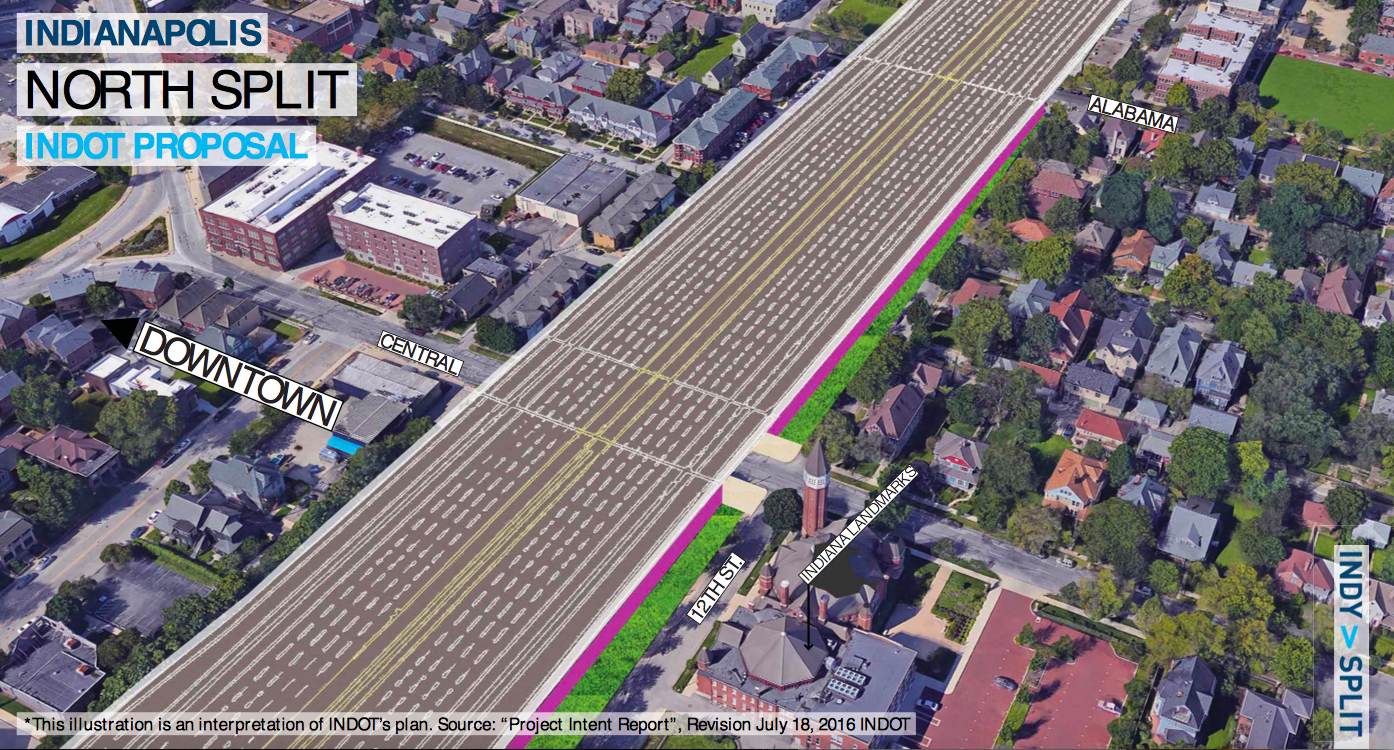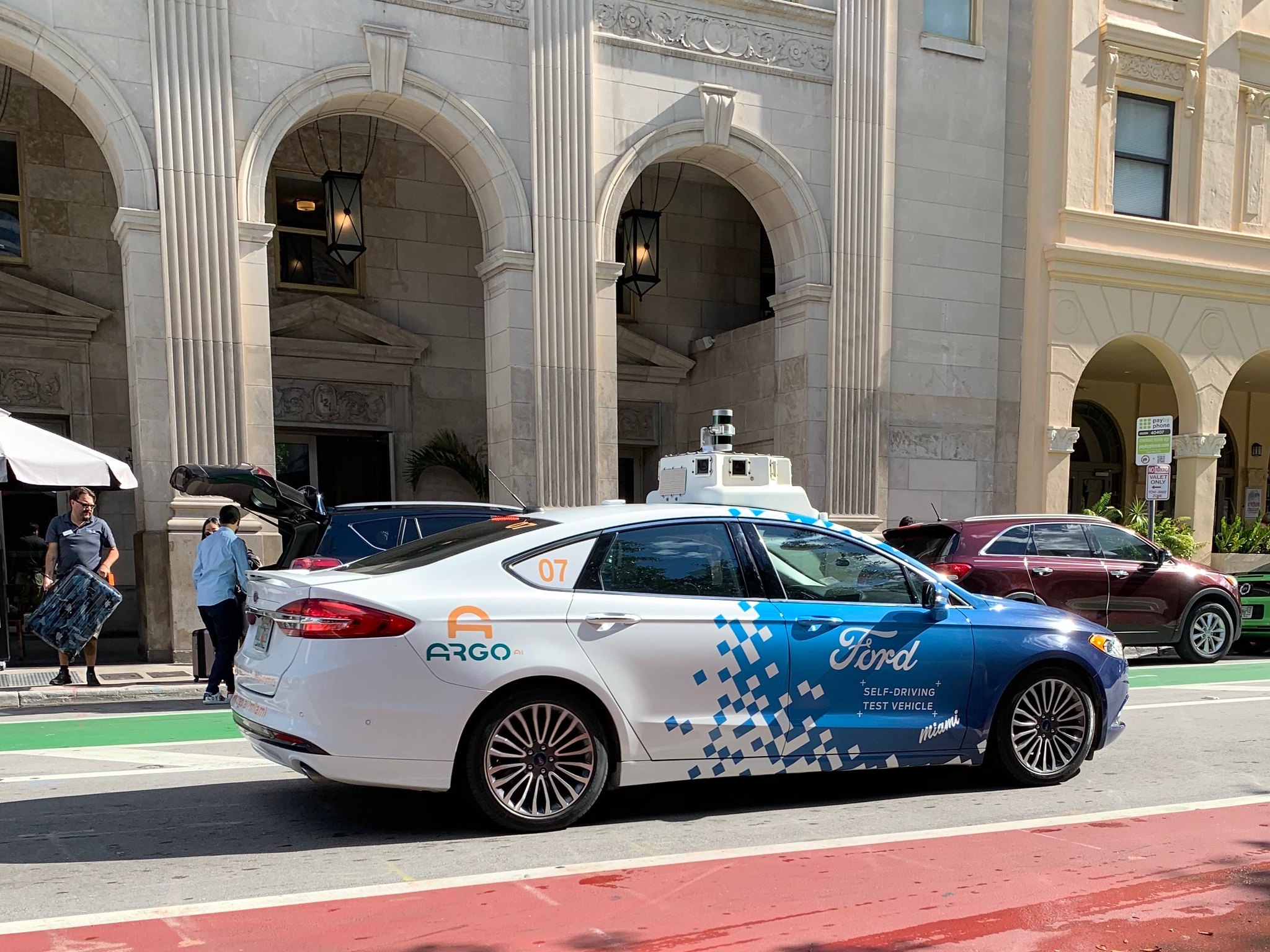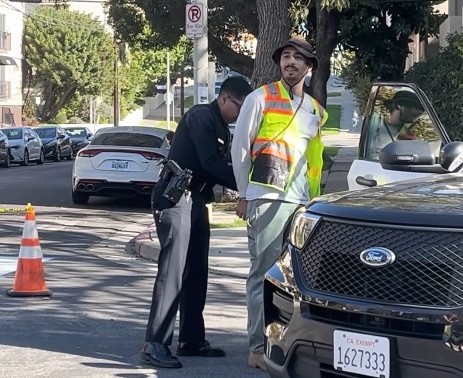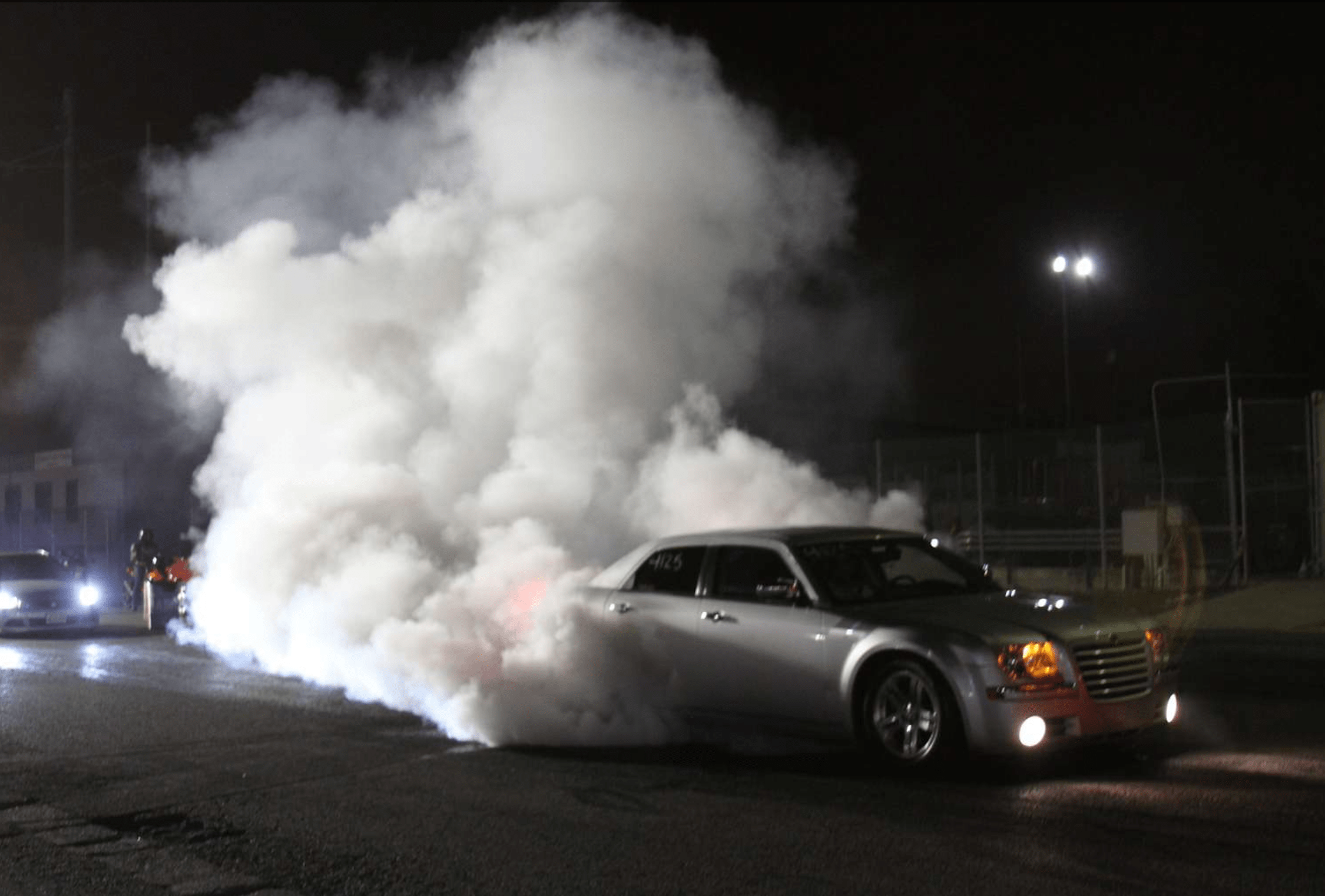It's remarkable how little some American transportation agencies have learned after 60 years of building urban highways. The newest highway project teed up by Indiana DOT is a great example.
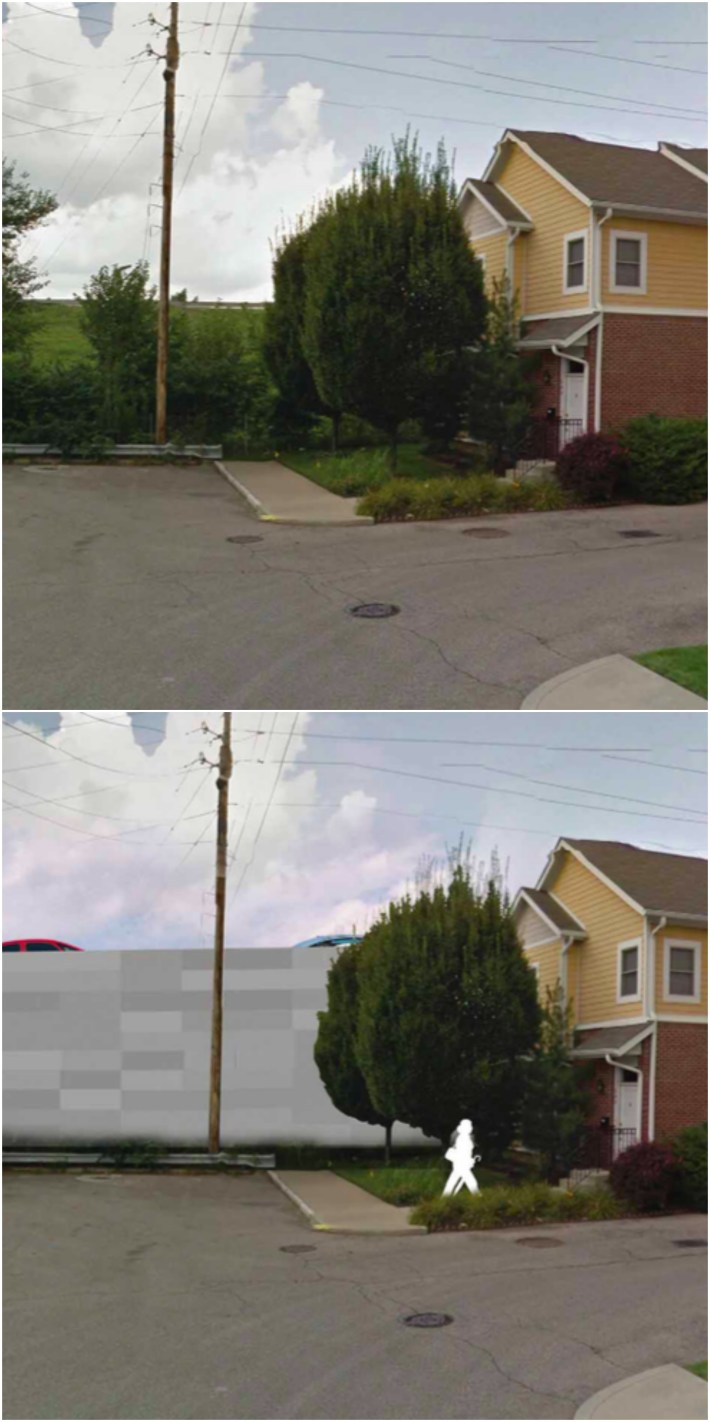
INDOT is pushing a $250 million reconstruction and widening for the I-65/I-70 North Split. Eight historic neighborhoods that the interchange cuts through would be affected.
Other than the addition of sound walls, INDOT's project includes no design elements that take into account the highway's place in the middle of the city. The widened highway would be even closer to people's homes.
At Urban Indy, Kevin Kastner says the project would undermine the city's planned investments in transit and the recent redevelopment of downtown.
Some local leaders, including Indianapolis Mayor Joseph Hogsett, are pushing back.
In a letter to the state, Hogsett wrote:
Peer cities such as Austin and Dallas, Texas, and Columbus and Cincinnati, Ohio, have established national best practices, devising context-sensitive solutions to urban right-of-way challenges. I would encourage the state to consider at-grade alternatives that would sufficiently move traffic and meet INDOT's needs while reconnecting our neighborhoods and street grid. Such alternatives may have a residual benefit by potentially opening up valuable state-owned downtown right- of-way for development.
Local architects and planners have another idea. Architect Mark Beebe and Indiana Landmarks President Marsh Davis have proposed two concepts for the highway right-of-way that would open up 10 acres of land for development and help heal some of the wounds the Interstate system inflicted on city neighborhoods when it was constructed in the 1960s and '70s.
They propose capping the highway with new development, a greenway, and a surface boulevard. Tolling would redirect some traffic to the city's outer belt, and freeway ramps that have posed big obstacles for local residents would be eliminated.
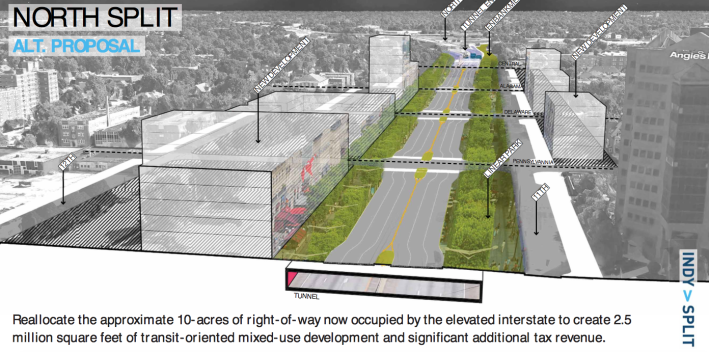
Beebe told the Indianapolis Star that the state should reconsider the rush to expand the highway and weigh other options -- ones that take into consideration broad public interests, not just motor vehicle speeds.
"What's being proposed is kind of an old mindset, that a car-centric approach is the way of the future, and we know that's just not true," he said.
